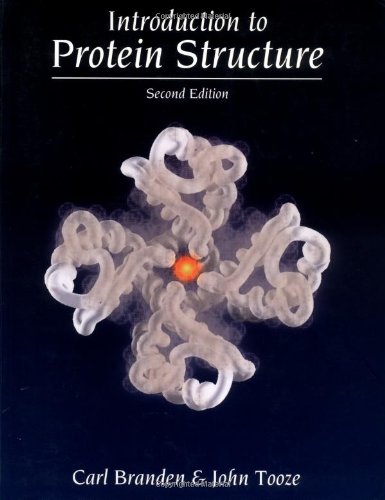Introduction to Protein Structure pdf download
Par hubbard angela le samedi, septembre 24 2016, 21:46 - Lien permanent
Introduction to Protein Structure. Carl Branden, John Tooze

Introduction.to.Protein.Structure.pdf
ISBN: 0815323050,9780815323051 | 415 pages | 11 Mb

Introduction to Protein Structure Carl Branden, John Tooze
Publisher: Taylor & Francis
Molecular Modelling: Principles and Applications, introduction to protein structure, M.P. Doi:10.1371/journal.pone.0051773. Amino acids are covalently bonded into a peptide chain. I'm giving a lecture next week to the Bioinformatics Masters students here about protein structure prediction. Thanks and congratulations for the blog :). And more specifically, why should you care? Introduction BMP13 Protein Structure Receptor Transduced Signalling BMP13 Expression and Function Development BMP13 Antagonists Summary and Future directions. Computer Simulation of Liquids .D. The equilibrium state of CCR5 is manipulated here toward either activation or inactivation by introduction of single amino acid substitutions in the transmembrane domains (TMs) 6 and 7. Protein Structure (a very, very short intro). It is therefore easy to understand that the axial skeleton is non-specific protein but it is a common structure. A protein has structure on several different scales. Furthermore, replacing Trp-248 with a smaller aromatic amino acid (Tyr/Phe) impaired the β-arrestin recruitment, yet with maintained G protein activity (biased signaling); also, here aplaviroc switched to a full agonist. Before I get into more detail about what I'm working on, I thought I'd start by talking a little bit more about proteins and protein folding. Utilizing a biochemical approach, such as limited proteolysis coupled to N-terminal sequencing or mass spectrometry, can yield empirical information from the yet unknown protein structure. (2012) Introduction of Caveolae Structural Proteins into the Protozoan Toxoplasma Results in the Formation of Heterologous Caveolae but Not Caveolar Endocytosis. If you need to, read the Protein Structure Prediction I post for an introduction to the chemistry of proteins.) Ok so now the important part: why do proteins fold? The secondary structure - the identification of regular elements - occurs via regular H-bonding. Which gives its identity to a protein is the set of side chains of the proteinogenic amino acids the component.